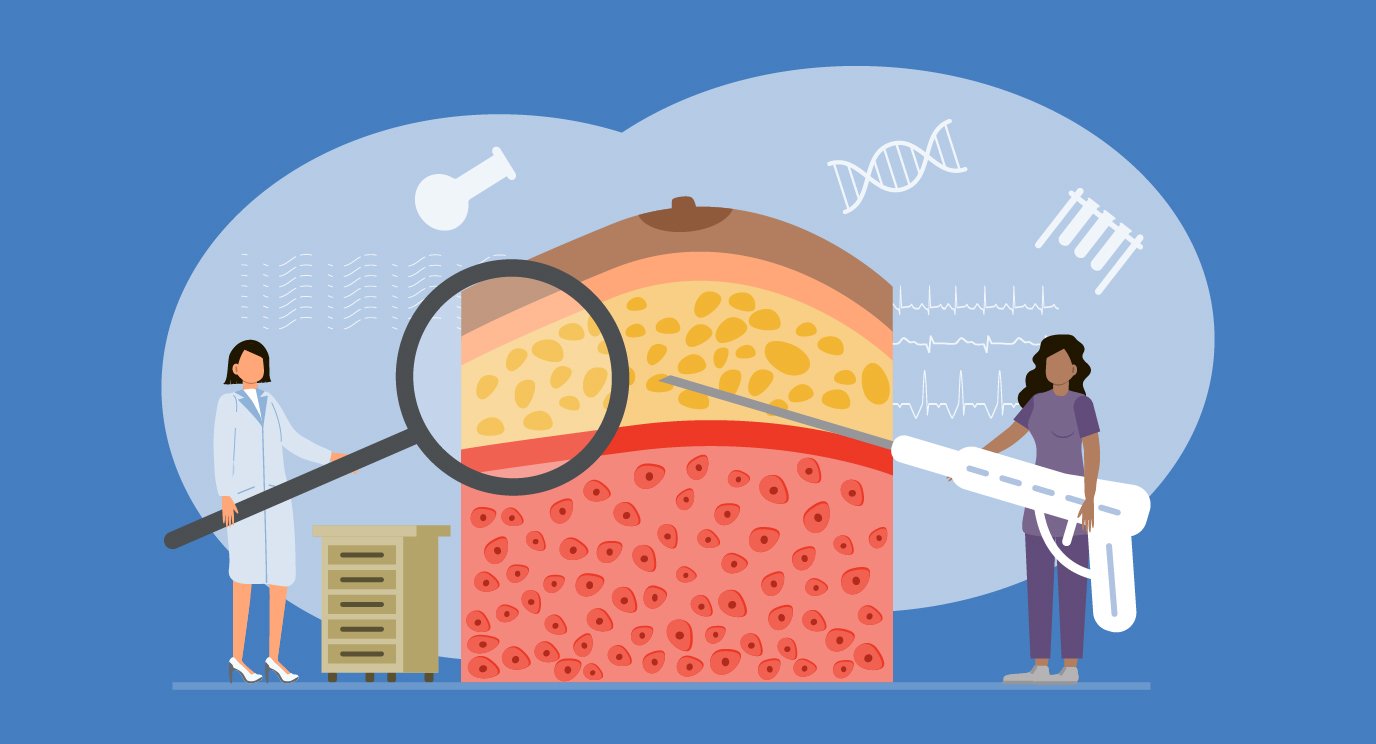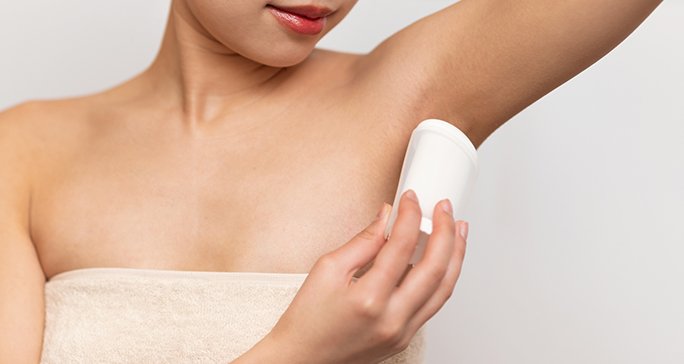- Diseases
- Acoustic Neuroma (16)
- Adrenal Gland Tumor (24)
- Anal Cancer (70)
- Anemia (2)
- Appendix Cancer (18)
- Bile Duct Cancer (26)
- Bladder Cancer (74)
- Brain Metastases (28)
- Brain Tumor (234)
- Breast Cancer (728)
- Breast Implant-Associated Anaplastic Large Cell Lymphoma (2)
- Cancer of Unknown Primary (4)
- Carcinoid Tumor (8)
- Cervical Cancer (164)
- Colon Cancer (168)
- Colorectal Cancer (118)
- Endocrine Tumor (4)
- Esophageal Cancer (44)
- Eye Cancer (36)
- Fallopian Tube Cancer (8)
- Germ Cell Tumor (4)
- Gestational Trophoblastic Disease (2)
- Head and Neck Cancer (14)
- Kidney Cancer (130)
- Leukemia (342)
- Liver Cancer (50)
- Lung Cancer (286)
- Lymphoma (278)
- Mesothelioma (14)
- Metastasis (30)
- Multiple Myeloma (100)
- Myelodysplastic Syndrome (60)
- Myeloproliferative Neoplasm (6)
- Neuroendocrine Tumors (16)
- Oral Cancer (102)
- Ovarian Cancer (178)
- Pancreatic Cancer (162)
- Parathyroid Disease (2)
- Penile Cancer (14)
- Pituitary Tumor (6)
- Prostate Cancer (150)
- Rectal Cancer (58)
- Renal Medullary Carcinoma (6)
- Salivary Gland Cancer (14)
- Sarcoma (238)
- Skin Cancer (302)
- Skull Base Tumors (56)
- Spinal Tumor (12)
- Stomach Cancer (66)
- Testicular Cancer (28)
- Throat Cancer (92)
- Thymoma (6)
- Thyroid Cancer (100)
- Tonsil Cancer (30)
- Uterine Cancer (86)
- Vaginal Cancer (18)
- Vulvar Cancer (22)
- Cancer Topic
- Adolescent and Young Adult Cancer Issues (22)
- Advance Care Planning (12)
- Biostatistics (2)
- Blood Donation (18)
- Bone Health (8)
- COVID-19 (360)
- Cancer Recurrence (120)
- Childhood Cancer Issues (120)
- Clinical Trials (628)
- Complementary Integrative Medicine (22)
- Cytogenetics (2)
- DNA Methylation (4)
- Diagnosis (240)
- Epigenetics (6)
- Fertility (62)
- Follow-up Guidelines (2)
- Health Disparities (14)
- Hereditary Cancer Syndromes (128)
- Immunology (18)
- Li-Fraumeni Syndrome (8)
- Mental Health (122)
- Molecular Diagnostics (8)
- Pain Management (62)
- Palliative Care (8)
- Pathology (10)
- Physical Therapy (18)
- Pregnancy (18)
- Prevention (940)
- Research (390)
- Second Opinion (78)
- Sexuality (16)
- Side Effects (616)
- Sleep Disorders (10)
- Stem Cell Transplantation Cellular Therapy (216)
- Support (408)
- Survivorship (330)
- Symptoms (182)
- Treatment (1794)
Dense breast tissue: What it is, and what to do if you have it
BY Molly Adams
4 minute read | Published May 13, 2022
Medically Reviewed | Last reviewed by an MD Anderson Cancer Center medical professional on May 13, 2022
Breasts come in all shapes and sizes, but did you know they can also vary in density? Breasts are composed of fat and glandular breast tissue, and the ratio of fat tissue to glandular breast tissue is what determines your breast density. Some women have less glandular breast tissue; this is referred to as not dense. Others have more glandular breast tissue, which means they have dense breast tissue.
When you have dense breast tissue, that can make it harder to spot breast cancer on a screening mammogram. That’s because glandular breast tissue and cancerous tissue are both white on mammograms. When you have a lot of normal white breast tissue, it makes it easier for small white tumors to hide.
50% of women have dense breast tissue, but it’s more common in young women, especially those with a lower body mass index. “Genetics, body mass index and age are some of the main drivers. So, if your mother or other close relative has dense breast tissue, you might, too,” says Ethan Cohen, M.D., a breast radiologist at MD Anderson West Houston. He adds that the breast tissue usually becomes less dense as you age.
“It’s important for women to know whether or not they have dense breast tissue,” Cohen says. That’s because denser breast tissue means that you might benefit from additional breast cancer screening.
Knowing about your breast density is the first step in getting the right screening exams to detect breast cancer early, when it’s easier to treat.
Screening mammography results identify dense breast tissue type
Depending on where you live, there may be laws in place to inform you of your breast density. Even if that’s not the case, Cohen says you can ask for your mammogram results to learn about your breast tissue.
MD Anderson patients can access this information via MyChart, but you can also ask your provider for details about your breast density.
Your imaging report will include one of four specific phrases about the density and composition of your breasts:
- “Almost entirely fatty.”
- “Scattered tissue” or “scattered areas of fibroglandular density.”
- “Heterogeneously dense.”
- “Extremely dense.”
If your results include one of the first two statements, your breasts aren’t dense and you should continue with an annual mammogram.
The last two statements mean you have dense breast tissue and may benefit from additional screening.
Additional screening options for dense breast tissue
The main screening options beyond a mammogram are breast ultrasound and MRI. Each of these additional tests requires orders from your doctor, unlike regular screening mammograms, which patients can schedule at any time.
Women with dense breast tissue at average risk for breast cancer may undergo an ultrasound of both breasts on the same day as their mammogram. “Ultrasound uses sound waves, rather than low-dose X-rays like mammography, to look through the breast tissue,” Cohen says. “So, they often find abnormal tissue that might not show up on a mammogram, which could help spot breast cancer earlier when it’s easier to treat.”
Recommendations for people at high risk for breast cancer
There are studies that suggest that women who have dense breast tissue are at slightly higher risk of breast cancer, but Cohen says the increase in risk is small compared to other risk factors like age and family history. “Average-risk women start out with a one in eight lifetime risk of breast cancer, and this increases slightly if they have dense breast tissue,” he says.
If you have dense breast tissue and are at an increased risk of breast cancer due to a genetic mutation or other factors, your care team may recommend alternating MRIs and mammograms every six months. “That way we’ll be sure to catch any abnormalities as early as possible,” Cohen says.
How dense breast tissue affects cancer treatment
If you are diagnosed with breast cancer, you need to have additional screening MRIs or ultrasounds before beginning treatment, especially if you’re having surgery. “Your care team will want to know exactly where any cancerous tissue is, so they can target and remove it more precisely,” Cohen says.
If you have dense breast tissue, Cohen recommends seeking care from experts – no matter your breast cancer risk. “You want an imaging specialist who’s got experience with special screenings and understands normal results versus abnormal ones,” he says.
Schedule your breast screening at MD Anderson online or by calling 1-844-240-7092.

It’s important for women to know whether or not they have dense breast tissue.
Ethan Cohen, M.D.
Physician





